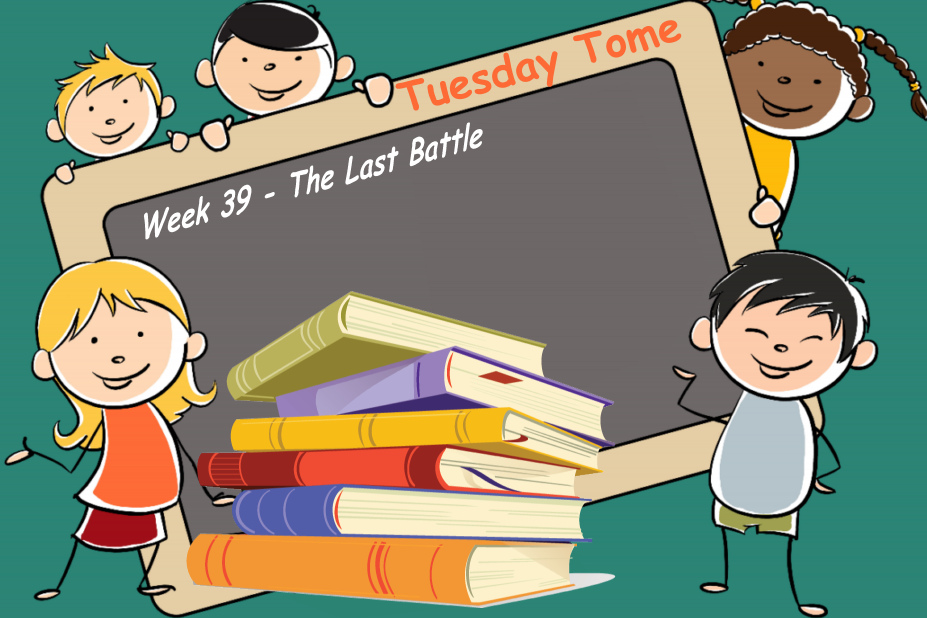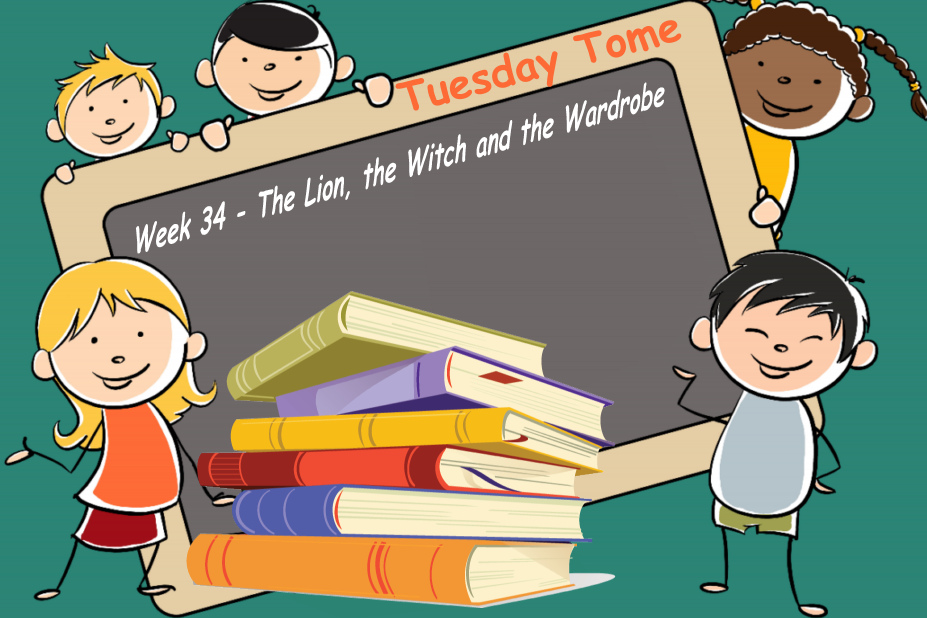My daughter, who is six, says that The Last Battle is her favorite book in all The Chronicles of Narnia. I don’t think it was my favorite, but it was definitely a great book to read.
The allegories to the Christian journey continued and culminated with the last scenes where all the characters come back. We had to go back to the first volume to remember if the first king of Narnia, King Frank, was a policeman or a cabby (he was a cabby) because we had forgotten such details.
It was good to recount who was who and who did what and when. The children remembered more than I did, which is a good thing. I have enough things to remember as it is. Information overload is the story of a mother’s life.
One thing we have been doing more and more of is highlight humorous passages. For example, the kids laugh when a character says, “Hallo! What are we stopping for?” or “aii-aii-aouwee!” or “ow! ow! What d’you do that for!” They are beginning to take literature in and react and respond to different scenes and turns of phrases, the silly ones for now, but others later on, too, I am sure. That was my goal all along.
Once literature speaks to them directly, they will reach for books again and again. It’s like anything else. You cannot force them to love music (or Jesus). You put them in the presence of music (or Jesus) over and over and then music (or Jesus) works its (His) magic. Continue reading

